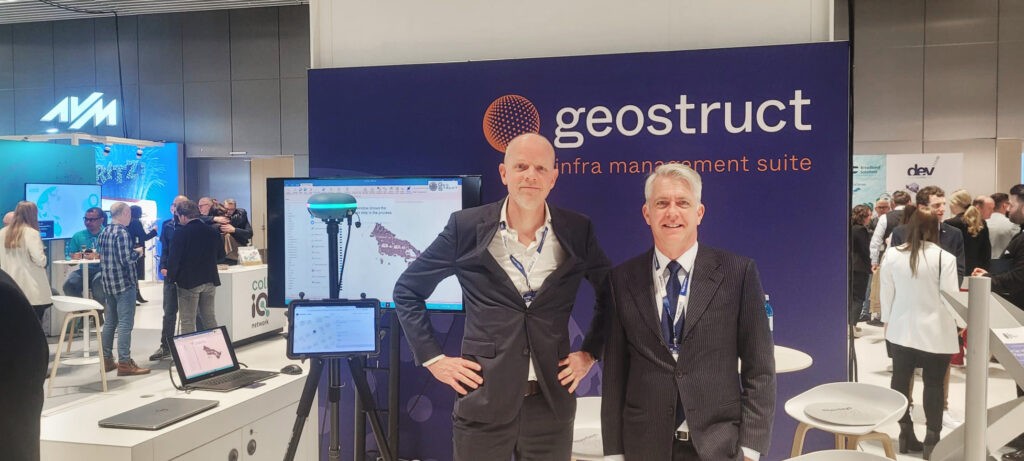
We’d seen how pulling together multiple data sources and providing one point of entry had proven successful in areas such as finance and construction, so it made sense to apply this approach to network planning and design. The application works with any network configuration, including gas, water, and power, and can model any configuration. All the familiar tools engineers use will work perfectly within the resulting environment.
Our idea has always been that software should optimally work for its intended purpose and be firmly based on network theory, not just on software design engine principles. That makes it more flexible, robust, scalable and future-proof. That flexibility is essential: we didn’t want to introduce a tool that but requires extensive configuration and new code every time you need to add a functionality. If you suddenly decide to base your entire FTTx network on GPON instead of P2P, or use three times as much fiber per duct, or make any other big changes, you can get fully reworked outcomes at the flick of a switch.

